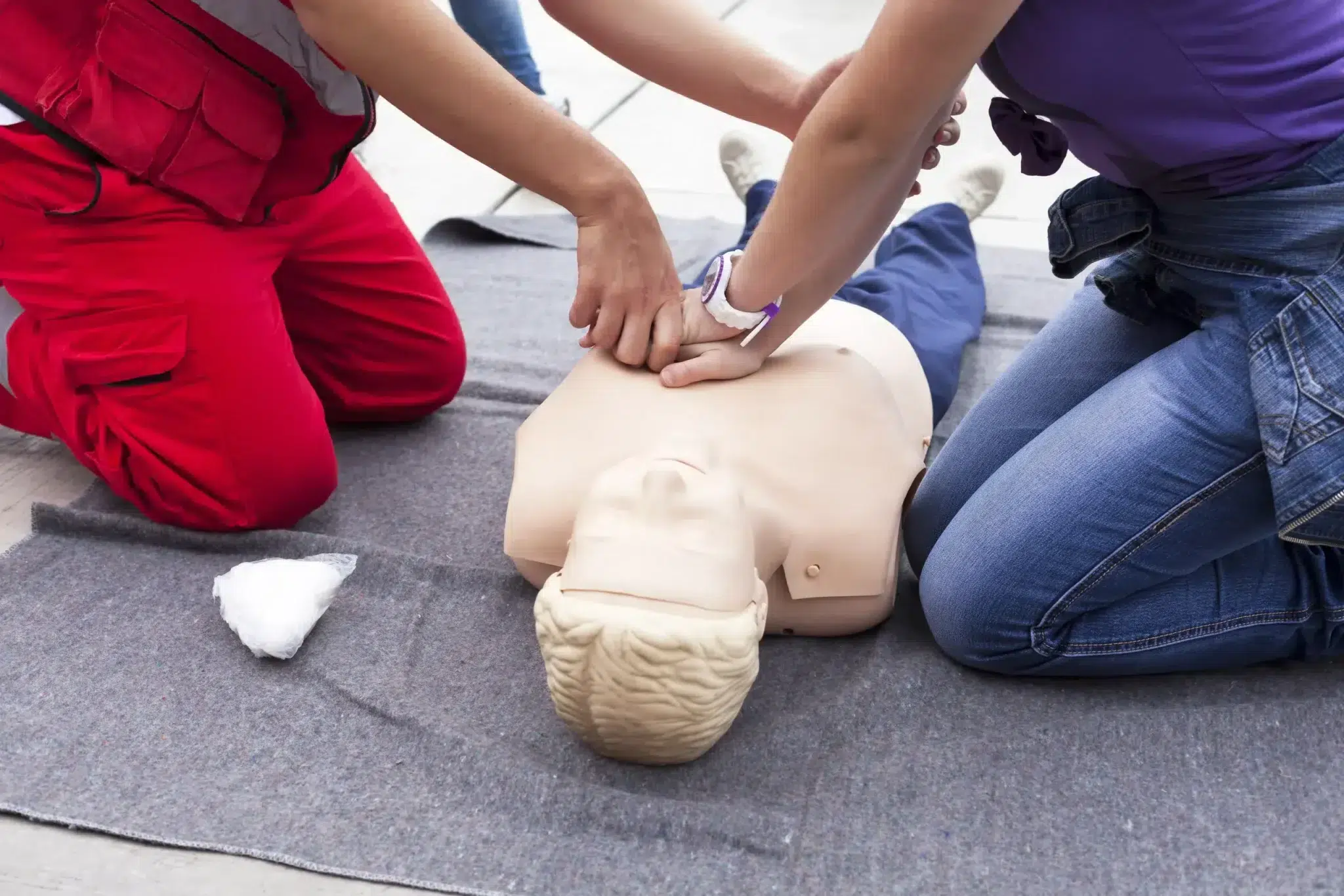
Safety Training Seminars in San Francisco provides American Heart Association (AHA) Basic Life Support (BLS) certification courses that focus on critical life-saving skills. The training emphasizes hands-on practice, covering CPR, AED use, and emergency response techniques. Designed for healthcare professionals and anyone eager to prepare for emergencies, these courses cater to diverse audiences.
With flexible scheduling, including evening and weekend classes, participants can complete training without disrupting their routines. Certification is issued immediately upon course completion, valid for two years. Known for high-quality instruction, Safety Training Seminars ensures attendees leave with the confidence to respond effectively in critical situations.
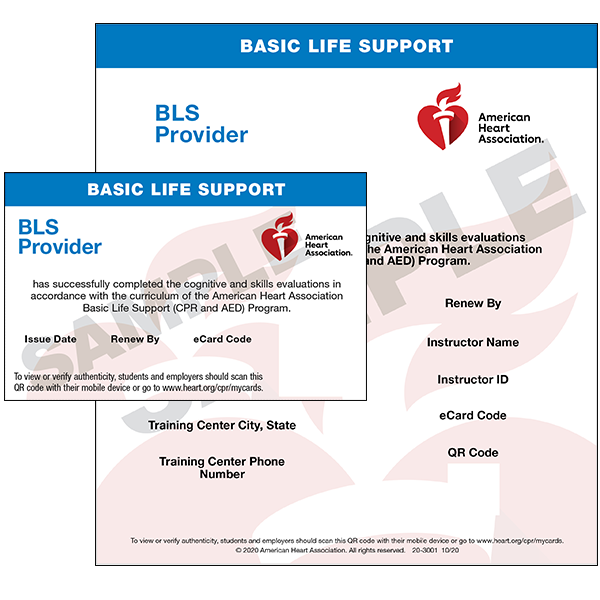
Basic Life Support
Online Course: 1-2 hours
Skills Testing: 30 minutes
100% Pass Rate Guaranteed
Lowest Prices In California
Receive Card On Class Day
Thousands of 5 Star Reviews
CE Credits to CA Dentists
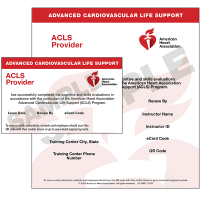
Advanced Cardiac Life Support
Online Course: 2-3 hours
Skills Testing: 30 minutes
100% Pass Rate Guaranteed
Lowest Prices In California
Receive Card On Class Day
Thousands of 5 Star Reviews
Some Professions: 2-3 CEU
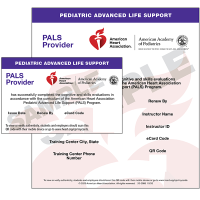
Pediatric Advanced Life Support
Online Course: 2-3 hours
Skills Testing: 30 minutes
100% Pass Rate Guaranteed
Lowest Prices In California
Receive Card On Class Day
Thousands of 5 Star Reviews
Some Professions: 3.75-5 CEU
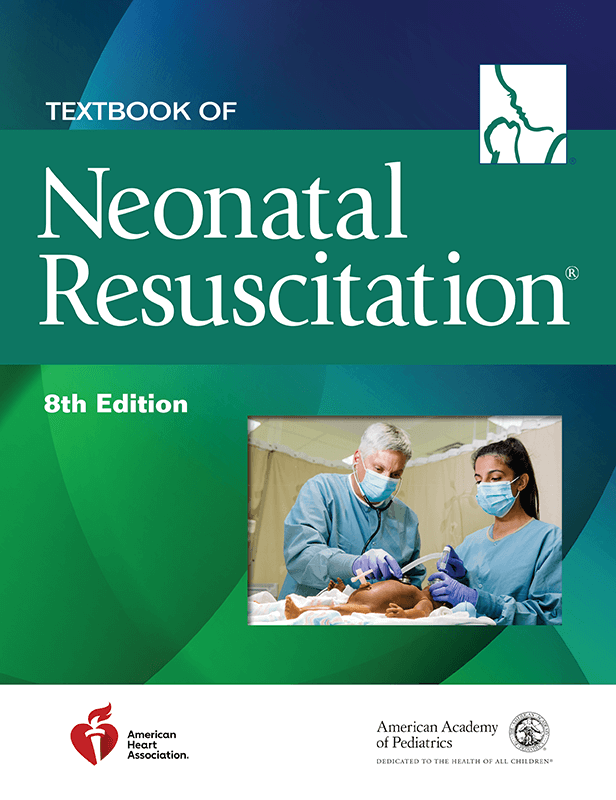
Neonatal Resuscitation Program
Online Course: 2-3 hours
Skills Testing: 3 hours
100% Pass Rate Guaranteed
Lowest Prices In California
Receive Card On Class Day
Thousands of 5 Star Reviews
Some Professions: 4 CEU
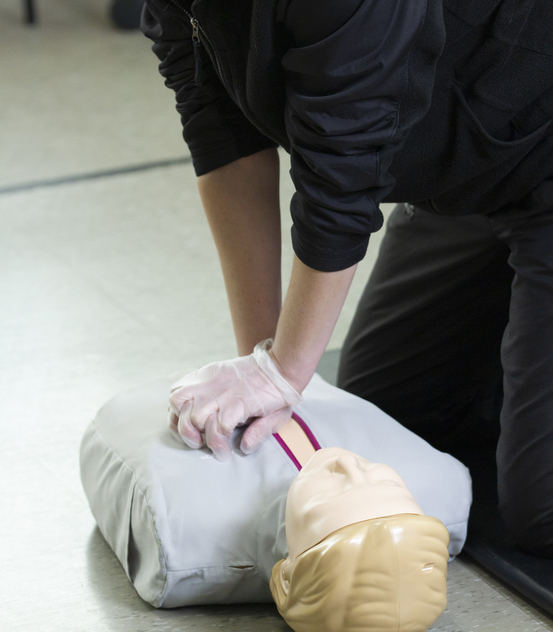
Audience: General public
Topics: CPR for all age groups, AED use, bleeding, epi-pen, etc
Online Session: 1 Hour
Skills Testing: 30 minutes
Card: Safety Training Seminars
Certification: Valid 2 years
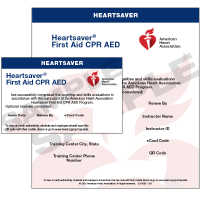
Audience: General public
Topics: CPR for all age groups, AED use, bleeding, epi-pen, etc
AHA Online Course: 1-2 Hours
Skills Testing: 30-45 minutes
Card: American Heart Association
Certification: Valid 2 years
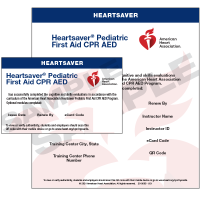
Audience: CA childcare providers
Topics: CPR for all age groups, AED use, bleeding, epi-pen, etc
AHA Online Course: 1-2 Hours
Skills Testing: 30-45 minutes
Card: American Heart Association
Certification: Valid 2 years

Audience: Childcare providers
Topics: Lead poisoning, nutrition, infectious disease,etc
Zoom Course: 8 Hrs (state law)
Skills Testing: 30-45 minutes
Card: EMSA Health & Safety
Certification: No expiration
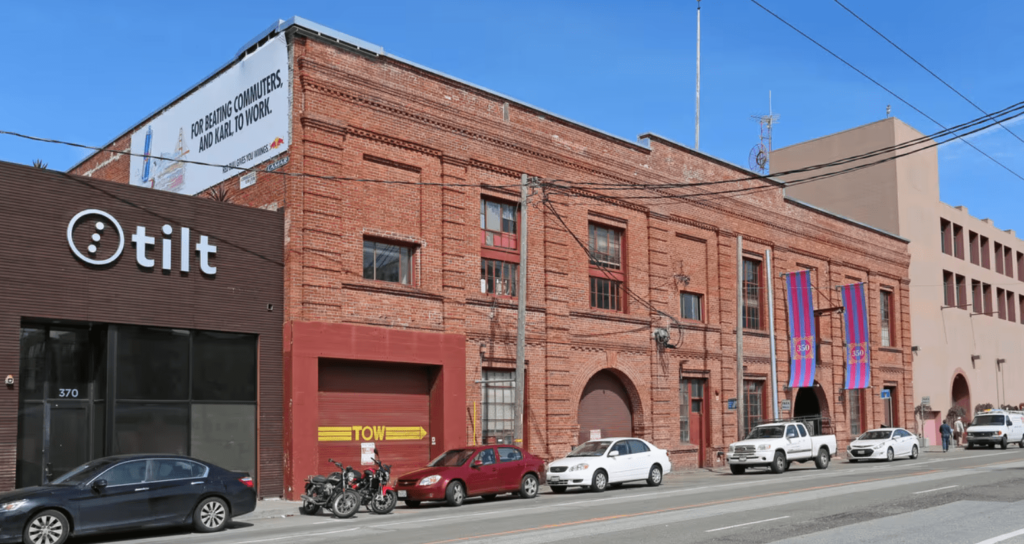
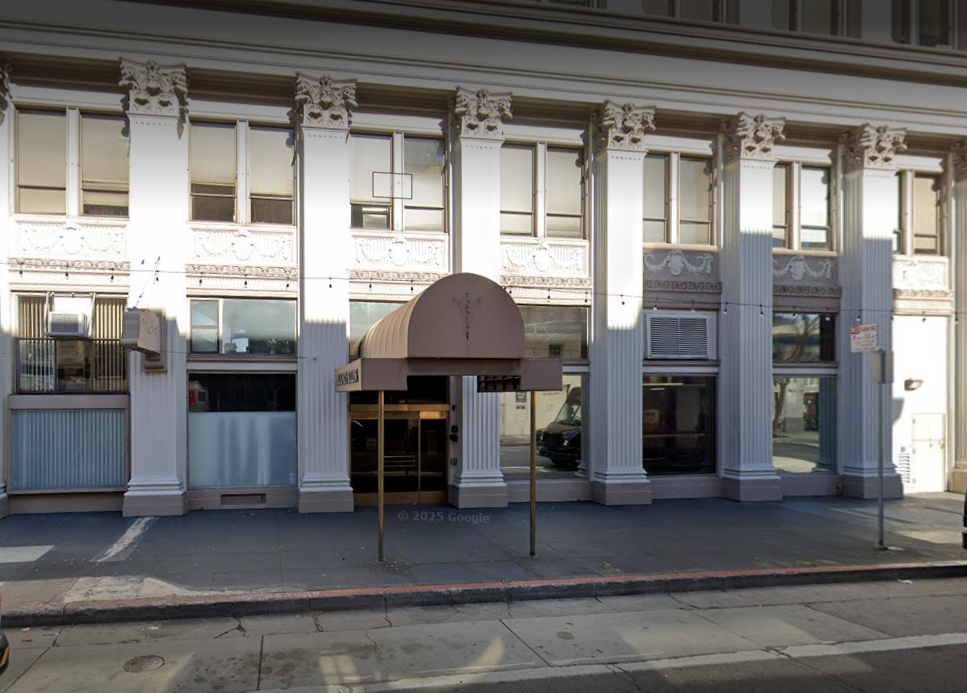
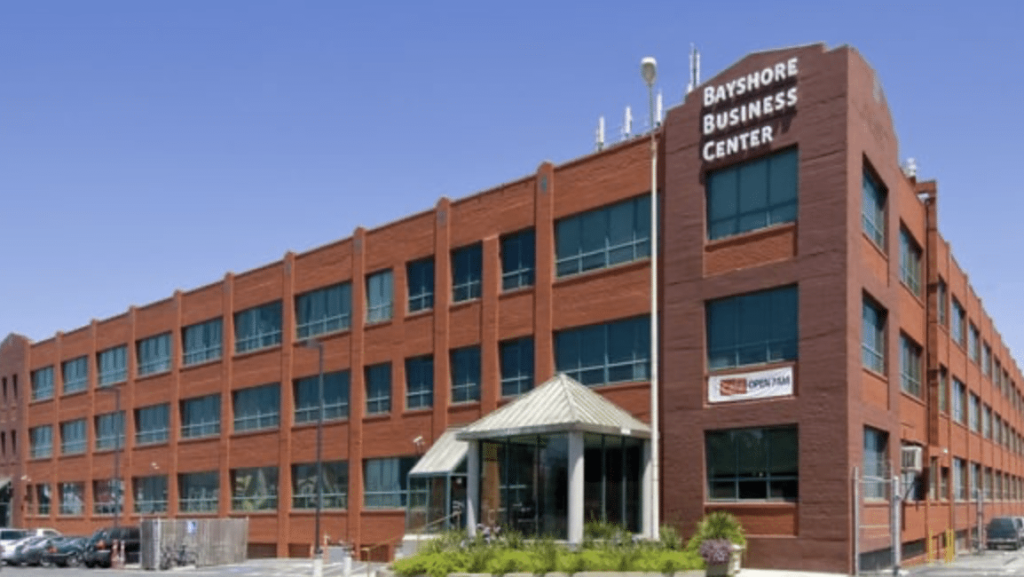
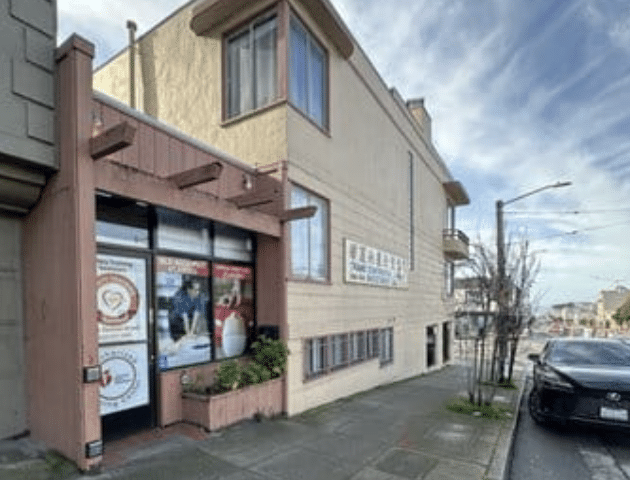
Safety Training Seminars offers the most affordable American Heart Association BLS courses in San Francisco, backed by a low price guarantee.
Safety Training Seminars issues American Heart Association BLS cards the same day as your class in San Francisco.
Safety Training Seminars is an official American Heart Association BLS Training Center (20784), licensed nationwide.
Safety Training Seminars provides excellent customer service, answering calls daily from 7 am to 7 pm in San Francisco.
Safety Training Seminars has over 70 offices across California, including four convenient locations in San Francisco, making it easy to renew your AHA BLS card.
Safety Training Seminars boasts over 10,000 five-star reviews, earning trust from clients year after year.
Safety Training Seminars in San Francisco is proudly woman-owned by Laura Seidel, who is passionate about delivering exceptional customer care.
Safety Training Seminars offers daily BLS classes in San Francisco, with flexible evening and weekend scheduling options designed for your convenience.
BLS certification is typically required for nurses, doctors, paramedics, dentists, EMTs, and other healthcare professionals. It’s also beneficial for students in medical programs and anyone working in emergency response roles.
CPR and BLS certifications are valid for two years through the American Heart Association. We offer renewal courses to help participants stay certified.
Yes! Upon completing the required coursework and hands-on skills testing, participants receive their AHA eCard on the same day.
While the theory portion of CPR and BLS courses can be completed online, hands-on skills testing is required for full American Heart Association certification. Our courses use a hybrid model where participants complete online coursework before coming in for an in-person skills evaluation.
Safety Training Seminars has 4 offices located within San Francisco county. They are located in the Inner Sunset, Bayshore, Mission Bay by the ballpark, and Nob Hill on Van Ness Avenue.
Participants should bring their RQI login credentials (if applicable), a valid ID, and comfortable clothing suitable for hands-on training. If taking an ACLS or PALS course, watching the recommended pre-course videos can help ensure a smooth experience.
You can reschedule by paying a $30 fee or using reschedule insurance if purchased at booking time.
After completing your American Heart Association training at one of our San Francisco locations, we would greatly appreciate if you would write a review of your experience on Google, Yelp, or Facebook. As a women-owned small business serving the Sunset neighborhood and greater San Francisco community, your positive reviews help other locals find our services and support our continued presence in the area.
Many of our new students also discover us through recommendations from fellow San Francisco residents and professionals who have completed our training programs. So whether you’re a nurse from UCSF Medical Center, a teacher from Jefferson Elementary, or a parent from the Outer Sunset, your feedback helps us improve our services and reach more neighbors who can benefit from these crucial life-saving skills. Thank you for supporting our local Sunset District business with your honest review!
EXCELLENTTrustindex verifies that the original source of the review is Google. The BLS class was really thorough and helpful. While I personally would have found an instructor present to be also a helpful addition, the VAM is an amazing feature to really ensure people are properly trained in CPR techniqueTrustindex verifies that the original source of the review is Google. The instructors at Safety Training Seminars provided exceptional guidance throughout our BLS certification, keeping our class engaged and prepared for the challenging scenario-based courses, making us feel confident in their expertise.Trustindex verifies that the original source of the review is Google. Very efficientTrustindex verifies that the original source of the review is Google. I’m extremely disappointed with the customer service at this business. I repeatedly requested to speak with a live agent but was instead directed to an AI system—and eventually hung up on. If a company can’t respect basic customer requests, I have no reason to continue doing business with them. I’ll be taking my business elsewhere.Trustindex verifies that the original source of the review is Google. Safety Training Seminars provided an exceptional BLS training experience, thoroughly equipping me with the knowledge and skills necessary to administer treatment effectively in medical emergencies, resulting in a seamless and convenient BLS certification. The instructor's clear guidance and rigorous training helped me feel confident and prepared for any situation requiring CPR certification.Trustindex verifies that the original source of the review is Google. San Francisco's BLS course at Safety Training Seminars was exceptional, providing comprehensive training and ensuring I was well-prepared for my BLS certification. The instructors' expertise and enthusiasm made the experience enjoyable and engaging, reinforcing my understanding of adult and pediatric CPR and cardiopulmonary defibrillation techniques.Trustindex verifies that the original source of the review is Google. It was a new experience for me to go to a place with only a computer and mannequins. I had to reread the email to enter the building with a code but once I was inside and went to the right room it was straightforward and smooth.
At Safety Training Seminars, we’re proud to provide CPR classes throughout San Francisco, CA, offering BLS classes that help individuals, healthcare professionals, and businesses become equipped with critical life-saving skills. Our strategically located training centers across the city make it convenient for San Francisco residents and professionals to complete American Heart Association (AHA) certified training close to home.
San Francisco’s diverse neighborhoods – from the historic Mission District to the tech-driven SoMa, from the iconic Marina to the vibrant Chinatown – all share a common need for critical emergency preparedness. So whether you’re working near the Financial District, studying at one of the city’s renowned universities, or enjoying the unique microclimates of neighborhoods like the foggy Sunset or sunny Potrero Hill, being prepared for medical emergencies is an invaluable skill that can save lives in critical moments.
Additionally, the city’s unique landscape presents many different potential emergency scenarios. Whether you’re navigating the windy streets, enjoying Ocean Beach, exploring Golden Gate Park, or working in one of San Francisco’s many hospitals, medical centers, or educational institutions, having CPR and BLS training ensures you can respond confidently if an emergency arises.
San Francisco, CA, is renowned for its world-class healthcare and medical education. UCSF Medical Center stands out as a premier institution, offering cutting-edge care in oncology, neurology, and transplant services. It also serves as a teaching hospital for UCSF School of Medicine, a leader in biomedical research and physician training. Additionally, California Pacific Medical Center (CPMC) excels in maternity care, orthopedics, and cardiology, contributing significantly to community wellness. San Francisco also benefits from Stanford Medicine’s proximity, expanding access to groundbreaking research and specialized treatments. Together, these esteemed institutions ensure top-tier healthcare and shape the future of medicine in the region.